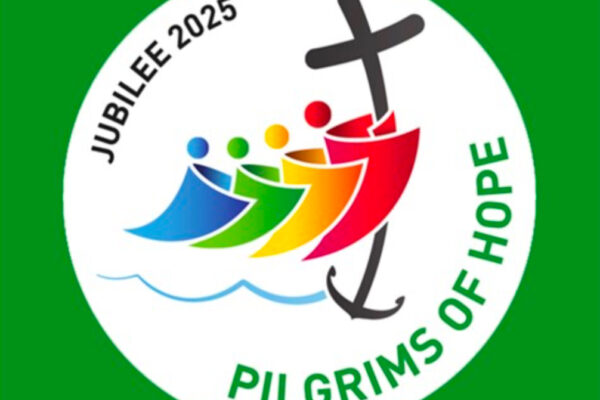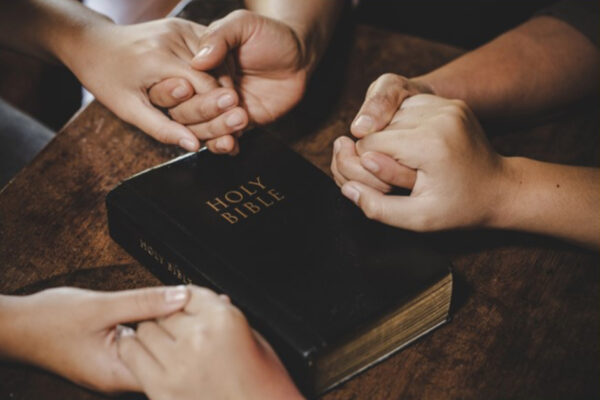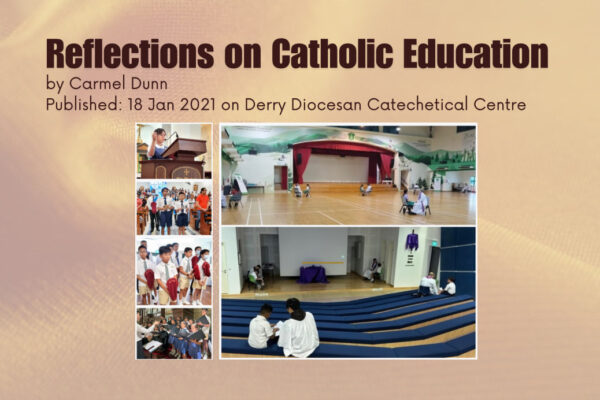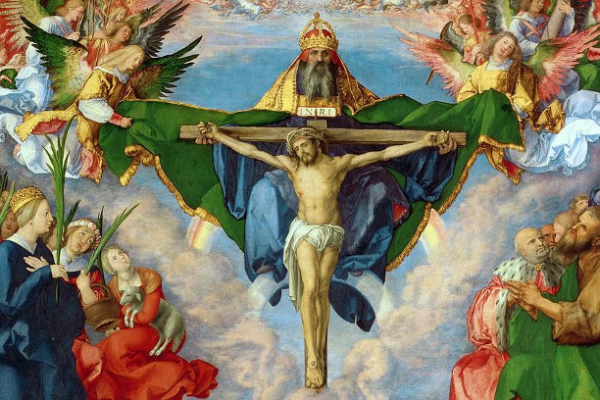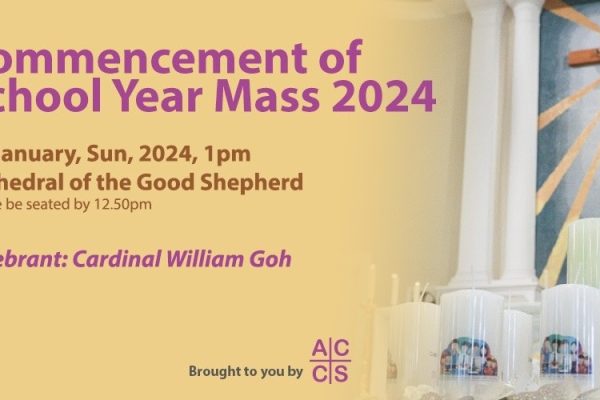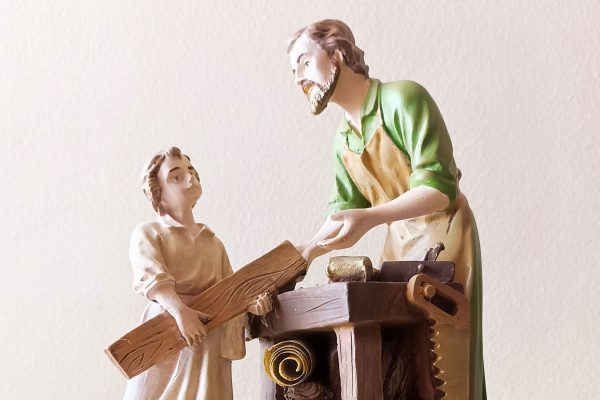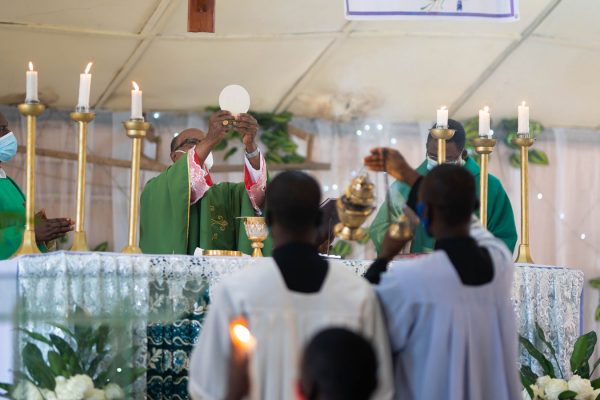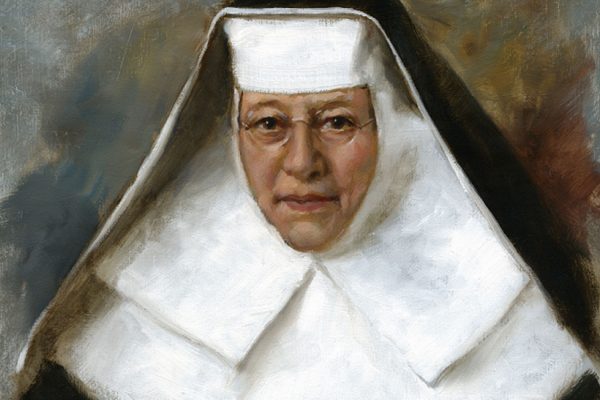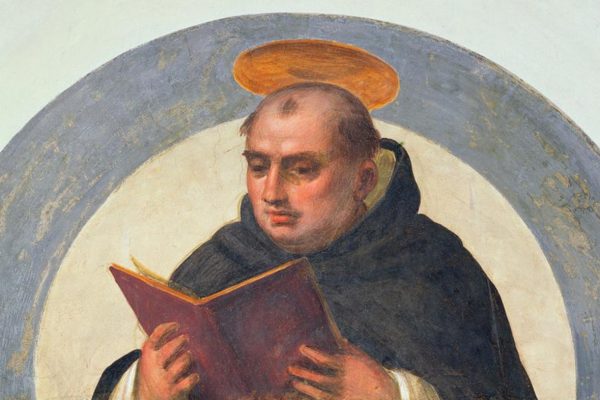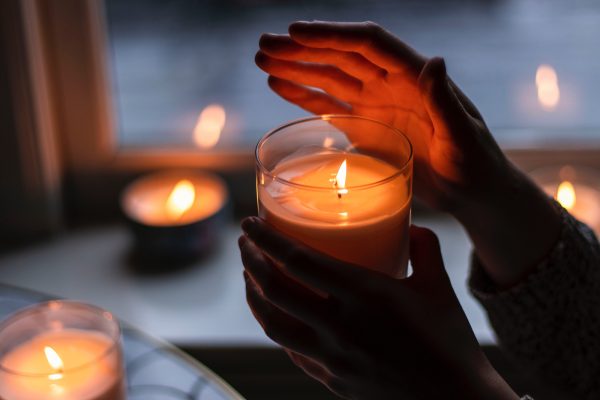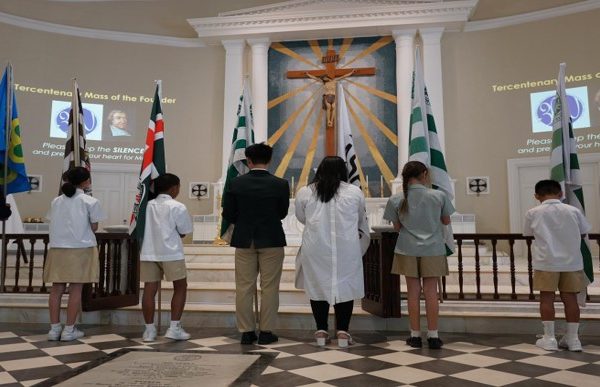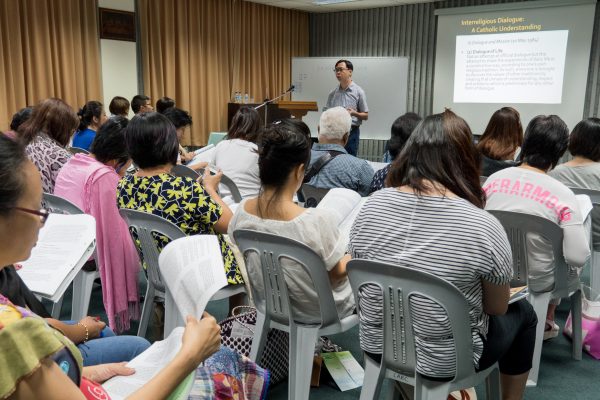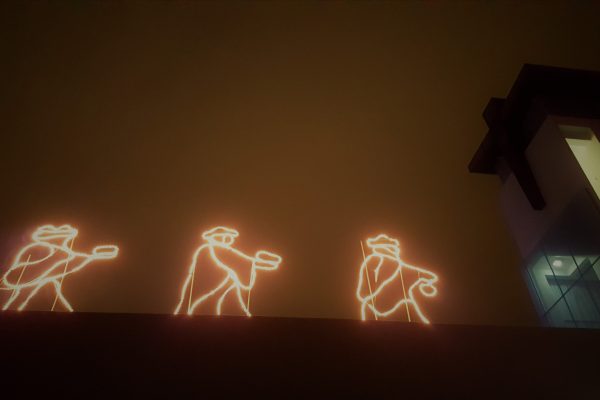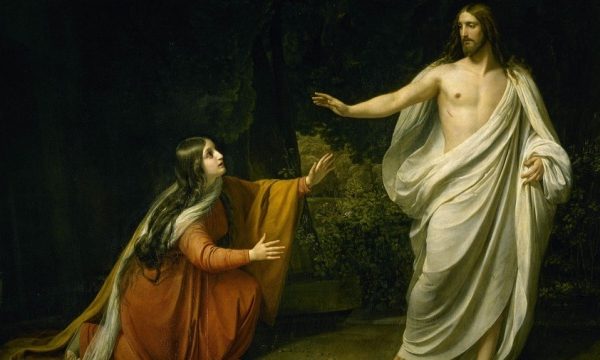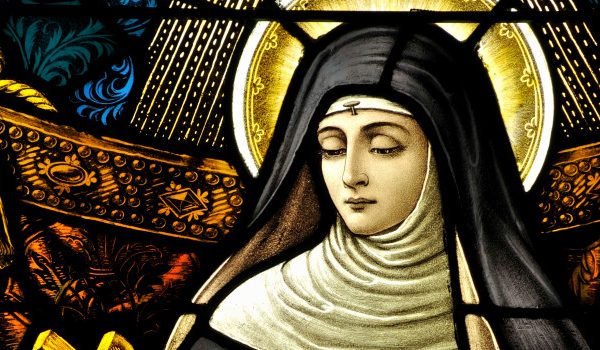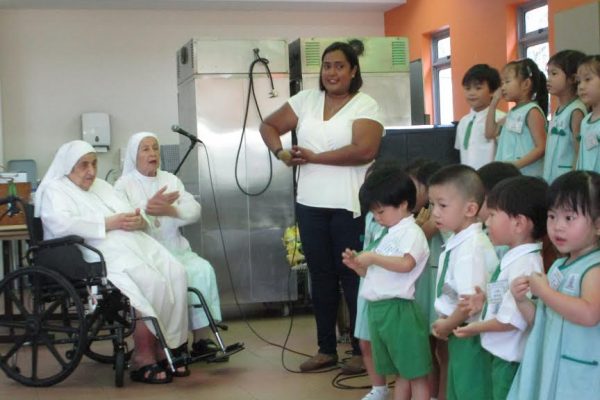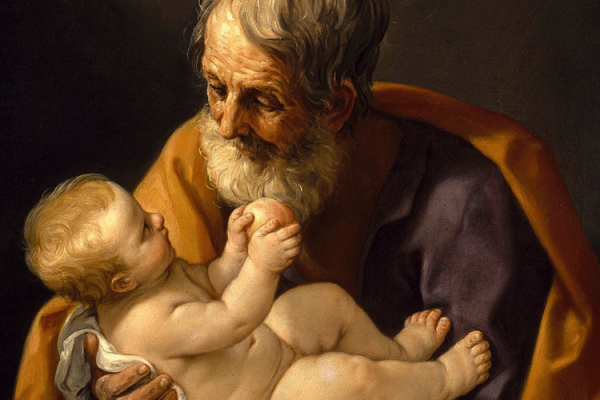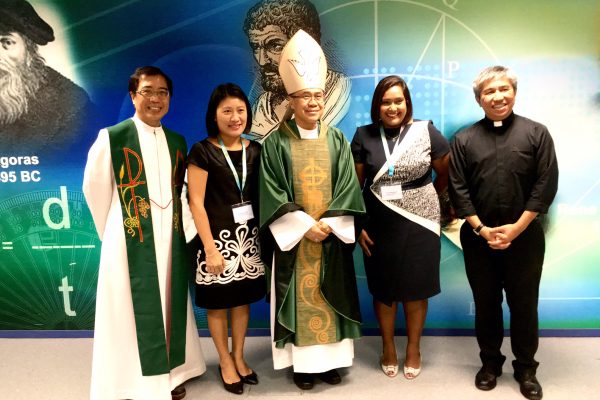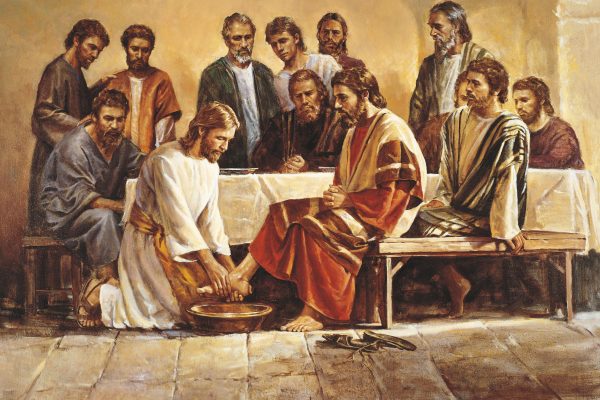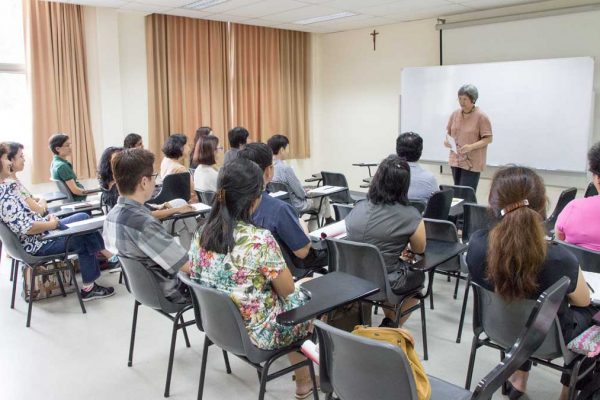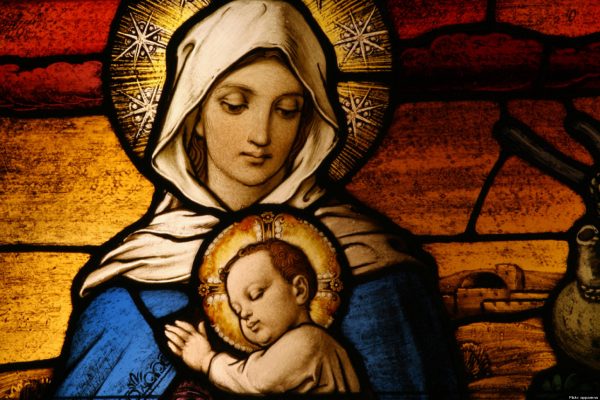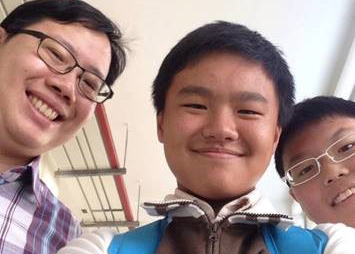
Catholic Secondary Schools: An Anchor and a Compass By Geraint Wong
Teenage life is definitely more stressful these days than a generation ago. In addition to dealing with the perennial issues that come with adolescence and the challenges of getting ahead in an ultra-competitive society like Singapore, today’s young people need to navigate the treacherous online world, which can easily mess with one’s mental well-being if one isn’t careful.
So how can teenagers make it through the secondary school years and come out not only unscathed but better and stronger? The solution is to give them the support that they need for their journey – and this is where Catholic schools come in.
Certainly, all schools provide their students with nurture and support, but Catholic schools offer something essential that secular schools don’t: God-experiences. From the physical environment to the school culture, Catholic schools offer their students daily opportunities to encounter God, and these encounters supply what they so desperately need in today’s world: an anchor and a compass.
Anchor for the Present
A hallmark of a Catholic school is the culture of prayer – prayer at various points of the school day and at major events, as well as regular Masses and paraliturgies. These moments are constant reminders that God is always present and that His care and providence are close at hand – and can be a source of strength and comfort in times of stress and anxiety.
When I was teaching at a Catholic school, I used to begin every lesson with a prayer, and my students would sometimes thank me for that – including non-Christians who felt privileged that their needs were prayed for even though they weren’t believers.
The daily habit of prayer also builds community and instils greater faith and trust in God. Thus, in a Catholic school, it wouldn’t be unusual for a sports team to attend morning Mass together on the day of a competition, or for a student to place a Rosary on his desk during an exam, or for students to spend quiet moments with God in the chapel or prayer room.
One beautiful incident I witnessed several years ago remains etched in my mind: when a student had been hospitalised, many of her friends – of various faiths – came together, sat in a big circle, and held hands to pray for her recovery.
As Pope Leo XIV told students gathered in Rome on 30 October 2025 for the Jubilee of the World of Education:
“You… have guiding stars: parents, teachers, priests and good friends, who are like compasses that help you not lose your way amid the ups and downs of life.”
Prayer and community in a Catholic school provide the stability and support that students need amid the turbulence of teenage life.
Compass for the Future
But Catholic schools do not just support their students in the present. They prepare them for the future too – and not just their adult lives, but eternal life. The emphasis is not just on being successful, but on being faithful – discerning God’s will for each person, using God’s gifts to serve society and the world, caring for the needs of those who are disadvantaged.
In this regard, the Religious Education lessons, Mass homilies and retreat talks that Catholic schools offer seek to relate to students’ lives and point them towards their true and ultimate goal: Heaven.
In that same address to students, the Holy Father remarked that behind the suffering that many experience today “lies a void created by a society that has forgotten how to form the spiritual dimension of the human person, focusing only on the technical, social or moral aspects of life.”
Catholic schools seek to fill that void, to nurture the interior life, and to remind their students: “Do not settle – you are made for something greater.”
The Natural Choice
Pope Leo concluded with these words:
“Dear friends, do not look to shooting stars, on which fragile wishes are entrusted. Look higher still, towards Jesus Christ, ‘the sun of righteousness’ (cf. Luke 1:78), who will always guide you along the paths of life.”
This is precisely what Catholic schools seek to lead their students to do, through the many God-experiences woven seamlessly into the rhythms of every school day – “a living environment in which the Christian vision permeates every discipline and every interaction”, as the Pope writes in his Apostolic Letter Drawing New Maps of Hope.
Shouldn’t studying in a Catholic secondary school therefore be the natural choice for Catholic teenagers?



















